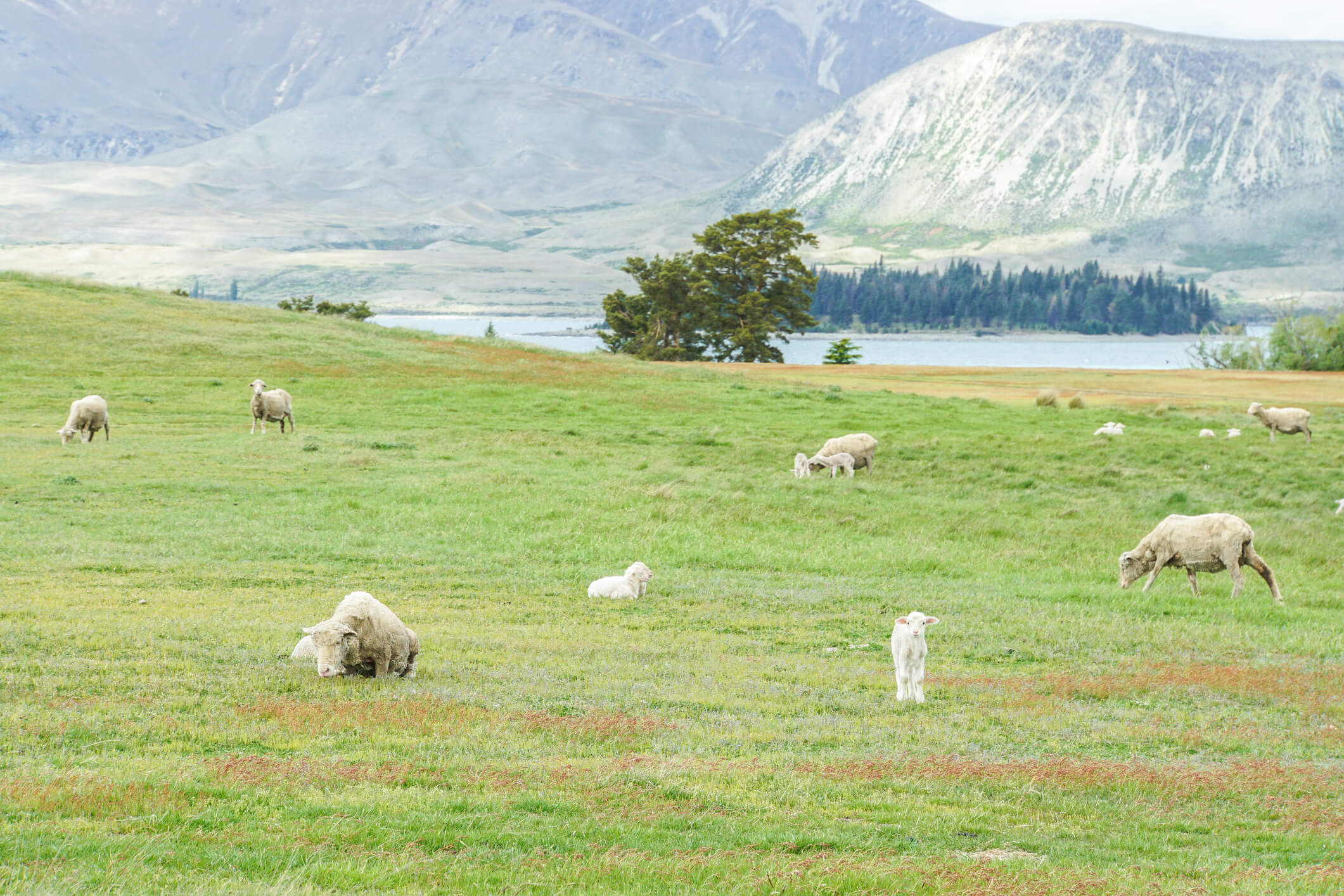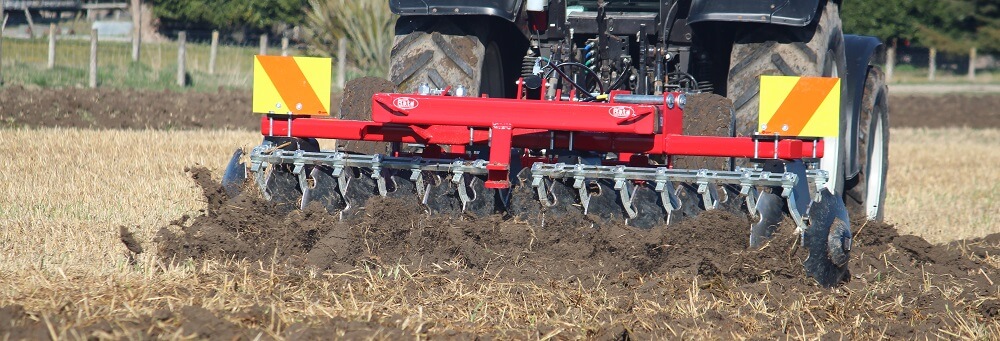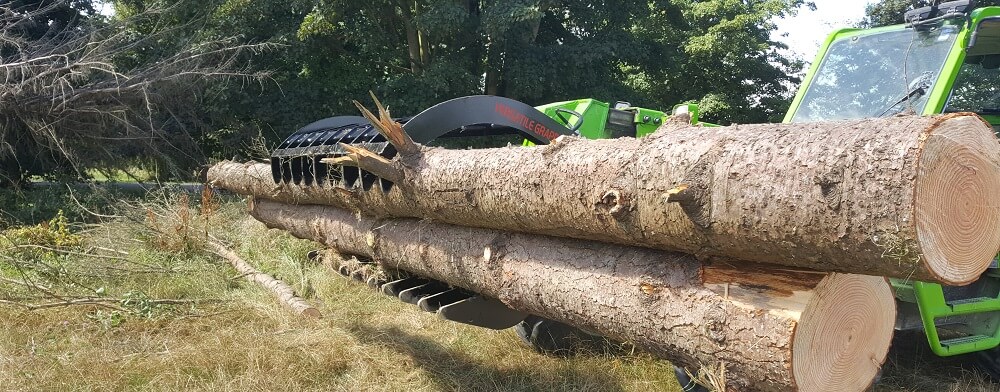
Spring is in the air, and as farmers look forward to the mud holes drying out on the farm tracks and a warmer walk to the sheds in the morning. It’s also time to check everything is ready for the busy times to come.
Ensuring your farm is well prepared for spring will boost the efficiency, yield and productivity of your operation.
In this blog, Rata has put together some end-of-winter tips to help you prepare.
Cultivation

Pasture renewal is a big task on most farms at this time of year. Of the various pasture renewal options, cultivation remains the most popular. It’s one of the most expensive but it also delivers the most consistent results. Cultivating controls weeds, loosens the soil structure, increasing its air content as well as making it easier for water and nutrients to flow from the surface to the roots of the crops or seeds to be germinated.
Now is the time to assess your paddocks and come up with a cultivation plan.
Weigh up how hard and compacted the soil is, whether it needs subsoil aeration, and the type of cultivation and therefore cultivator you will need to use. Disc cultivators are ideal for primary cultivation and general land clearing, whereas a tine cultivator such as the Rata Maxitill is ideal for final seedbed preparation as it leaves an even finish. Both provide consistent results and help overcome winter compaction near the surface.
Pasture damage
At the same time as you're assessing your paddocks to formulate a cultivation plan, check for pasture damage. If a paddock has had water ponding through the winter, you have a compaction and drainage issue that needs to be treated.
This is important as pasture damaged by pugging and compaction will produce about 40% less dry matter in spring than undamaged pasture. Even where paddocks are not showing signs of damage or compaction, you can still increase pasture growth and crop yields up to 20% by aerating.
Pay close attention to gateways, areas around troughs and feeders, areas where stock have been break-fed, and along shelterbelts where stock have congregated for protection.
Subsoiling after break-feeding is recommended to overcome compaction issues from concentrated numbers of stock. See here for more information on Subsoil Aeration Benefits
The ultimate attachment: Rata’s Versatile Grapple

This time of year also allows you to get on top of maintenance and repair jobs around the farm, such as cleaning up winter storm damage or installing new fences. These jobs are made easier with the right attachment, such as Rata’s Versatile Grapple.
The verdict of a test by Farm Trader was that “the Rata Versatile Grapple will quite literally find hundreds of uses around the farm, from picking up logs and rubbish to root raking and levelling ground or loading silage. Once you own one, you will just keep finding uses for it.”
Check out Rata's VERSATILE GRAPPLE
Quick hitch adaptors
Quick hitches have become a standard feature on tractors and telehandlers in New Zealand. Adaptors that allow you to use your attachments on more than just one type of machine, adding flexibility to your farming operation are now available. For example, a quick hitch adaptor allows you to use Euro hitch attachments on a Merlo telehandler. This allows you to cut down on the number of attachments you need on hand, which is particularly useful in spring when you are moving hay and silage bales.
Finally…
Using the right equipment for the job is crucial for an efficient and productive farming operation. Now is the time to make sure you have the gear you need and that it is ready to go for the busy season ahead.




.webp)